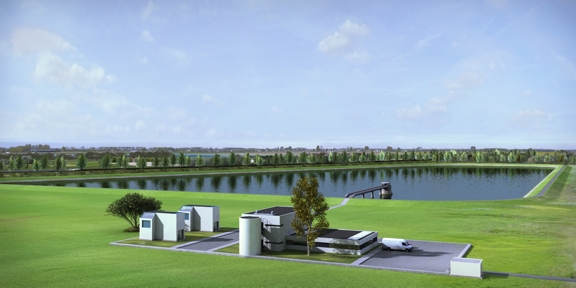
Website under construction

T.g.v. het voortschrijdende klimaatbeleid zijn de (markt)omstandigheden voor O-PAC wezenlijk gewijzigd. Derhalve hebben initiatiefnemers een update gemaakt van de relevante projectdata met het oog op verdere ontwikkeling en realisatie. Deze website zal opnieuw opgebouwd worden aan de hand van de laatste inzichten. Intussen verwijzen wij naar een validatiestudie die onlangs is uitgevoerd door Berenschot in opdracht van Topsector Energie (klik hier voor meer info).